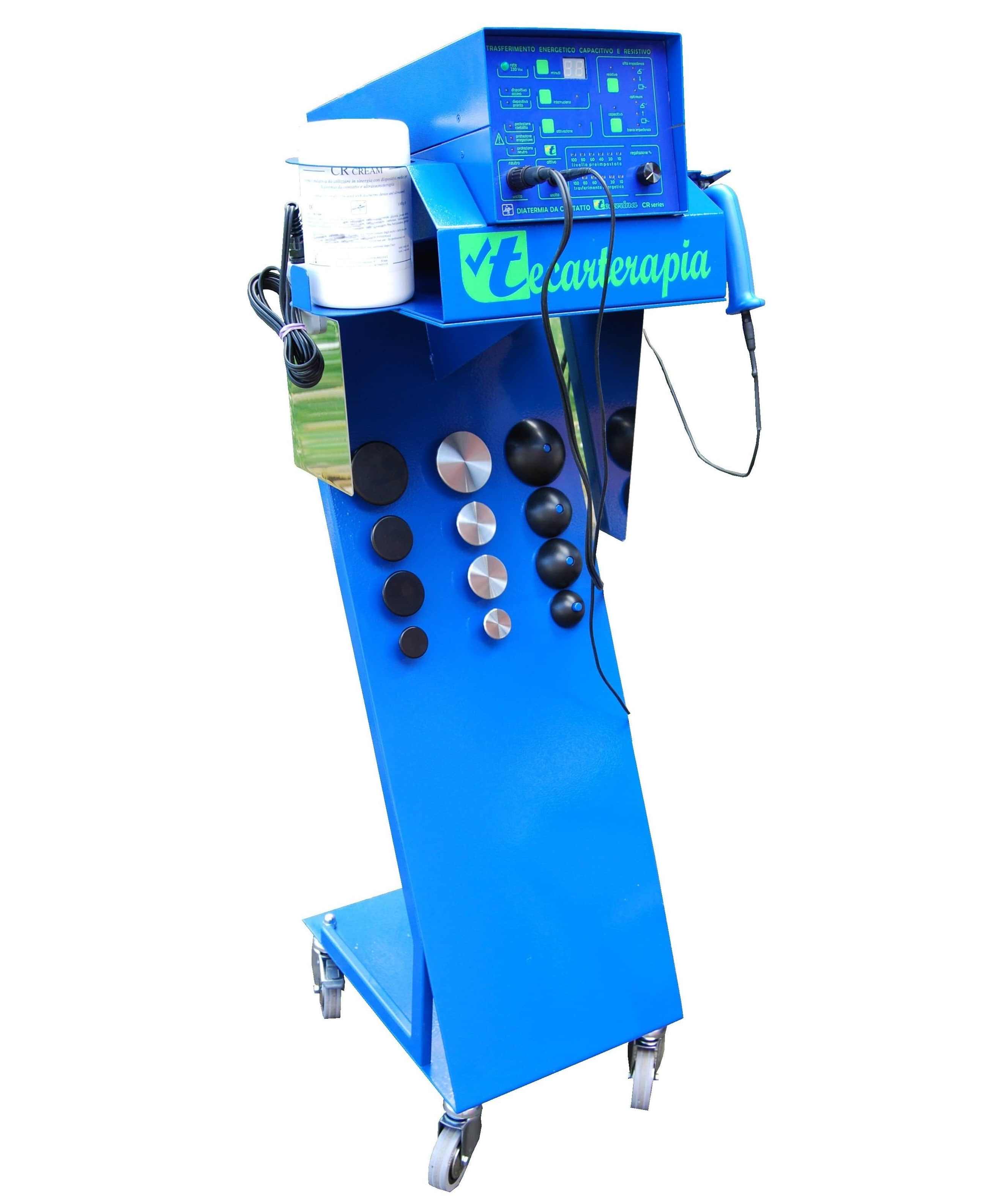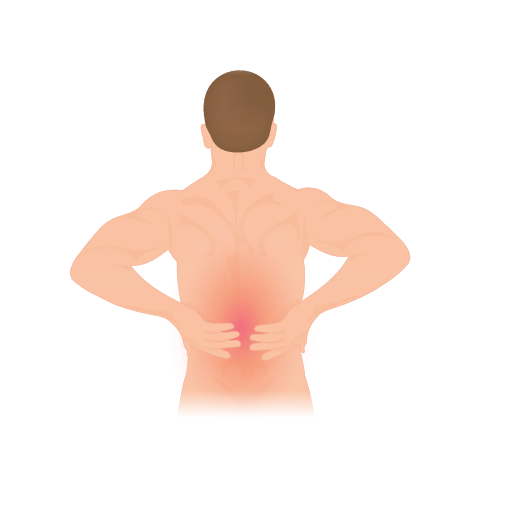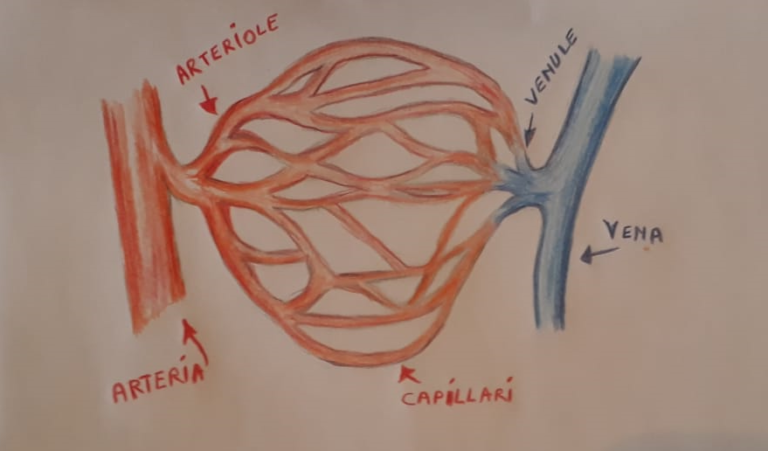Tecartherapy
Indications: Pathologies in the orthopedic field: treatment of fracture outcomes, sprains, tendon injuries, tendinitis, tenosynoviti, insertional tendinopathies, borsiti, of muscular and osteoarticular pathologies such as contractures, muscle tears or strains, low back pain, sciatica, arthrosis (rhizoarthrosis, coxartrosi, gonartrosi, ..) and osteoarticular inflammations such as epicondylitis and epithrocleitis, adhesive capsulitis; in the post-operative rehabilitation of arthroplasty operations (hip prosthesis, knee prosthesis).

The Tecar generates a high frequency current that is applied to the body segment to be treated through two steel electrodes for energy transfer which can be capacitive or resistive.

Tecartherapy, in common ergo Tecar, is an electromedical instrumental therapy that promotes and speeds up the healing process of inflammatory musculoskeletal pathologies and trauma by accelerating the repairing processes of biological tissues.
The full name of Tecar is Capacitive-Resistive Energy Transfer and its biological effects depend on the energy it delivers.. Energy can and must be modulated differently depending on the body districts and objectives. Its effects consist in theIncrease in the microcirculation (which is obtained by working in athermia by means of the use of a low energy level), of the vasodilation (working in medium-termia with an intermediate energy level) and of internal temperature (using hyperthermia through the use of a high energy level). Tecartherapy acts locally and has one pain -relieving action.
Tecar therapy can be used in capacitive mode, if you want to direct its effectiveness on the treatment of soft tissues, or in resistive mode, if our goal is the treatment of bone districts, articular or cartilaginous, of tendons and ligaments.

L’increase in microcirculation It is indicated to reduce the pain and(s)inflammation in acute faces, To treat the muscle injuries in the acute phase and to decrease theedema.
The vasodilation it is indicated for muscle contractures, blood circulation problems, to improve lymphatic drainage and muscle trophism.
The increase in internal temperature, which happens for local endogenous heat production at the level of the areas treated, it is indicated against chronic inflammation, tissue fibrosis and joint stiffness. The production of endogenous heat determines an increase in blood circulation that improves the intake of oxygen and nourishing substances to the tissues but also helps to eliminate more quickly the waste substances (cataboliti) fabrics. The global effect translates into an increase in the metabolic activity that allows anacceleration of regenerative processes locally.
The production of endogenous heat also involves the release of endorphins and the pain reduction.